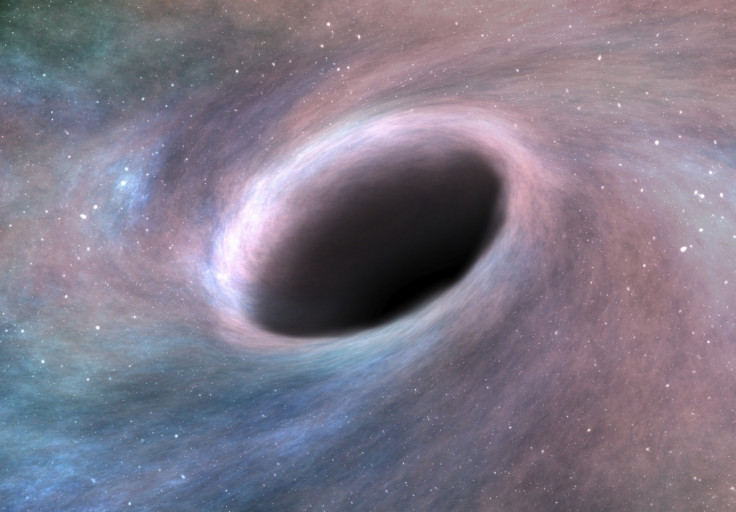Stephen Hawking's soft hair theory means information could be retrieved from black holes
Soft hair at the edge of black holes could be the key to solving a long-standing physics problem – the information paradox. Stephen Hawking and colleagues first announced their theory last year, and their latest paper provides additional evidence supporting the existence of soft hairs.
The information paradox and black holes has caused problems for physicists for almost half a century as a result of two conflicting principles. The general theory of relativity says anything that falls into a black hole is lost forever. However quantum mechanics says information can never be truly lost, so must go somewhere.
In the 1970s, Hawking and colleagues discovered some information does escape, and this information was called Hawking radiation. However, the information cannot describe everything that was lost in the black hole, so what happened to the rest of the information is not known.
In January, Hawking, Malcolm Perry and Andrew Strominger, suggested charged particles that crossed an event horizon (the edge of a black hole) would leave a trace in the form of soft photons. The original particles are gone, but information about them would be left lingering on 'soft hairs' that sit at the edge of the black hole.

Strominger told Scientific American. "So there's a kind of recording device. These soft photons and gravitons record information about what went into the black hole – infinitely more information than we previously believed is recorded by this mechanism."
At the time, the paper – which appeared on arXiv – was questioned because it did not fully explain how information could be exchanged. Now, their latest study, published in Physical Review Letters, has addressed some of the issues to find stronger evidence of the existence of soft hairs. Further research will be needed to address remaining problems, but it brings physicists a step closer to solving the paradox.
In a viewpoint article for the American Physical Society, Gary T. Horowitz from the University of California, Santa Barbara, said: "It is important to note that this paper does not solve the black hole information problem ... However, it is certainly possible that, following the path indicated by this work, further investigation will uncover more hair of this type, and perhaps eventually lead to a resolution of the black hole information problem."
© Copyright IBTimes 2025. All rights reserved.






















